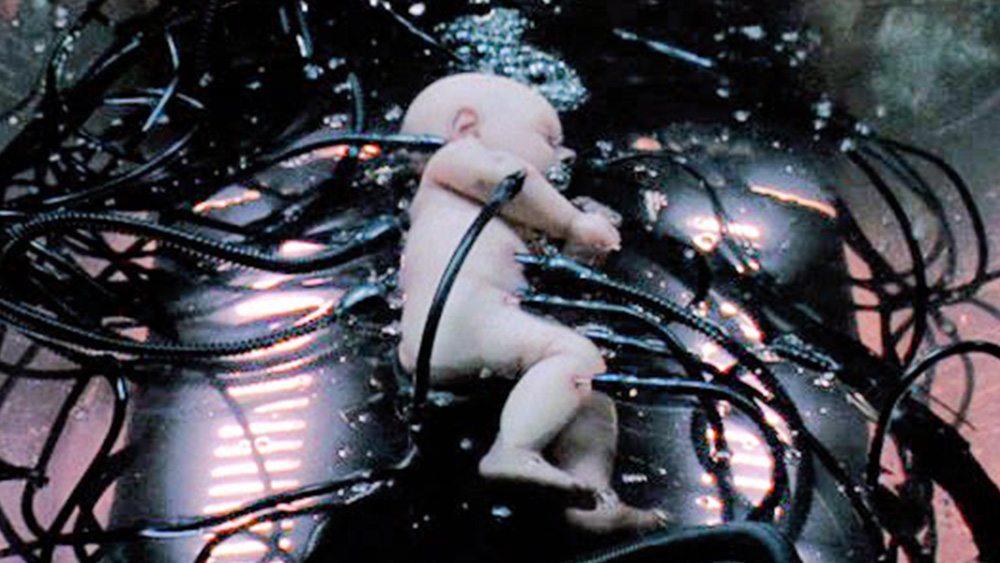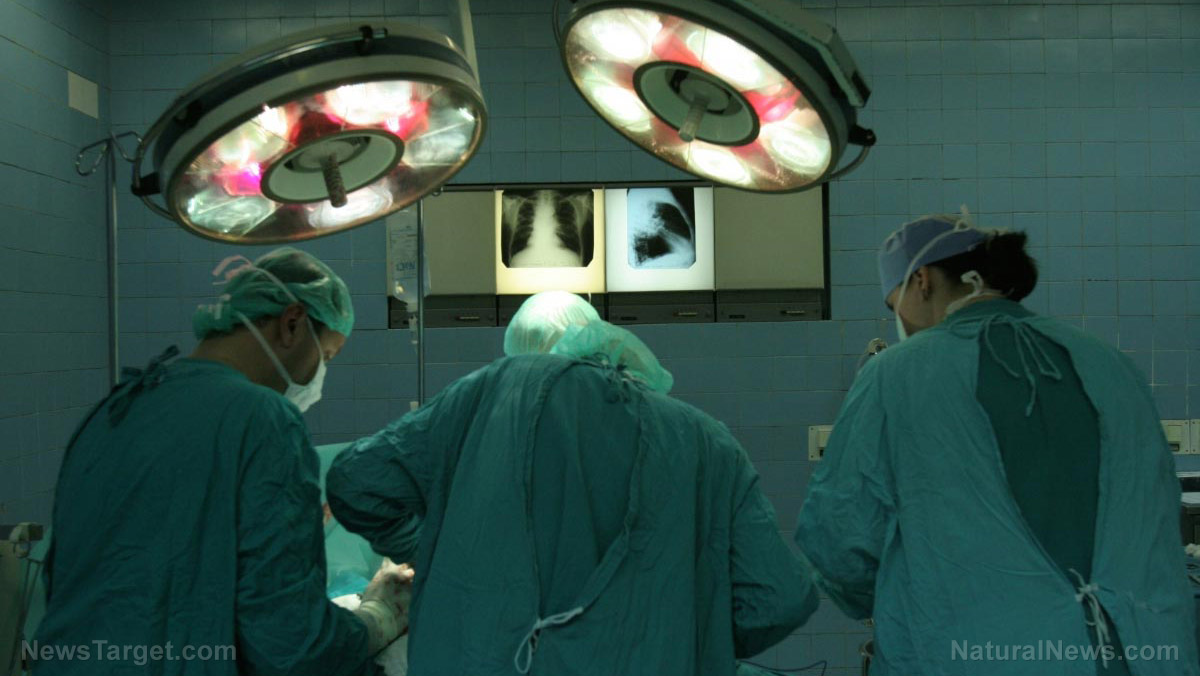Robot surgery putting patients at risk due to lack of training for doctors
08/12/2018 / By Rhonda Johansson

An unintended consequence of automation and the speed in which it is improved is that humans can’t keep up. While this may not seem important to you now, consider that the newly graduated surgeon performing on you may have no idea what he’s doing. This is the warning given by Matthew Beane, an assistant professor of Technology Management at The University of California Santa Barbara, in his research article published online at Administrative Science Quarterly. In it, Mr. Beane says that the popularity of robot surgery has reached such a point that over a third of U.S. hospitals have at least one surgical robot. However, training methods have yet to catch up, leaving new surgeons insufficiently trained.
The result is that residents are forced to engage in what Mr. Beane describes as “shadow learning.” Resident surgeons are no longer exposed to traditional methods which involve the “see one, do one, teach one” strategy for surgical training. Robot surgery completely replaced this. Residents are now relegated to “‘sucking’ at the bedside” or “sitting in a second trainer console, watching the surgical action and waiting for a chance to operate.” But chances are the residents will have little to no practice operating the machinery. Whatever “practice” these residents have is inconsistent and at times, too general. Mr. Beane noted that many practicing surgeons simply give a “helicopter” type of feedback — frequent and public criticisms while repeatedly taking control of the robot.
One resident told Mr. Beane, “If you’re on the robot and [control is] taken away, it’s completely taken away and you’re just left to think about exactly what you did wrong, like a kid sitting in the corner with a dunce cap. Whereas in open surgery, you’re still working.”
This hurts residents both legally and professionally, as they are highly encouraged to perform robotic surgeries once they finish their residencies.
A certain amount of cheating has evolved. Residents typically practice now via simulators or by watching recorded surgeries on YouTube. Some just learn on the spot — taking the phrase “learning through fire” way too seriously. These practices are not openly discussed but neither are they punished or forbidden. It seems apparent that senior management in these hospitals know that this is happening but are unsure of what to do to fix it, if at all.
These shadow learners however become too hyper-specialized. Residents who practice on their own usually develop a higher skill set, which lends them to have more “console time” when senior surgeons see that they perform better than their struggling peers. This not only creates a dog-eat-dog world in the surgery industry but has given birth to a group of surgeons who do not know how to operate general surgeries. Surgeons graduating from top programs are either too specialized or not trained at all.
Machines are only as good as those who operate them
To date, robots used in surgeries still need a human surgeon to operate them. If residents are not properly trained, or if they must learn by watching YouTube videos, then we are putting millions of lives in danger.
A Johns Hopkins study made in 2016 concluded that medical errors rank as the third leading cause of death in the United States. Authors of the study wrote an open letter to the Centers for Disease Control and Prevention (CDC) to inform the public about the dangers of medical errors, most of which are made by an error in skill (particularly in surgeries).
Read MedicalTech.news for more coverage of medical technology.
Sources include:
Tagged Under: bad doctors, badtechnology, Hospitals, incompetent doctors, lack of training, medical mistakes, medical technology, robot surgeries, robots, robots in surgery, surgery, surgery training, technology, technology gap



















